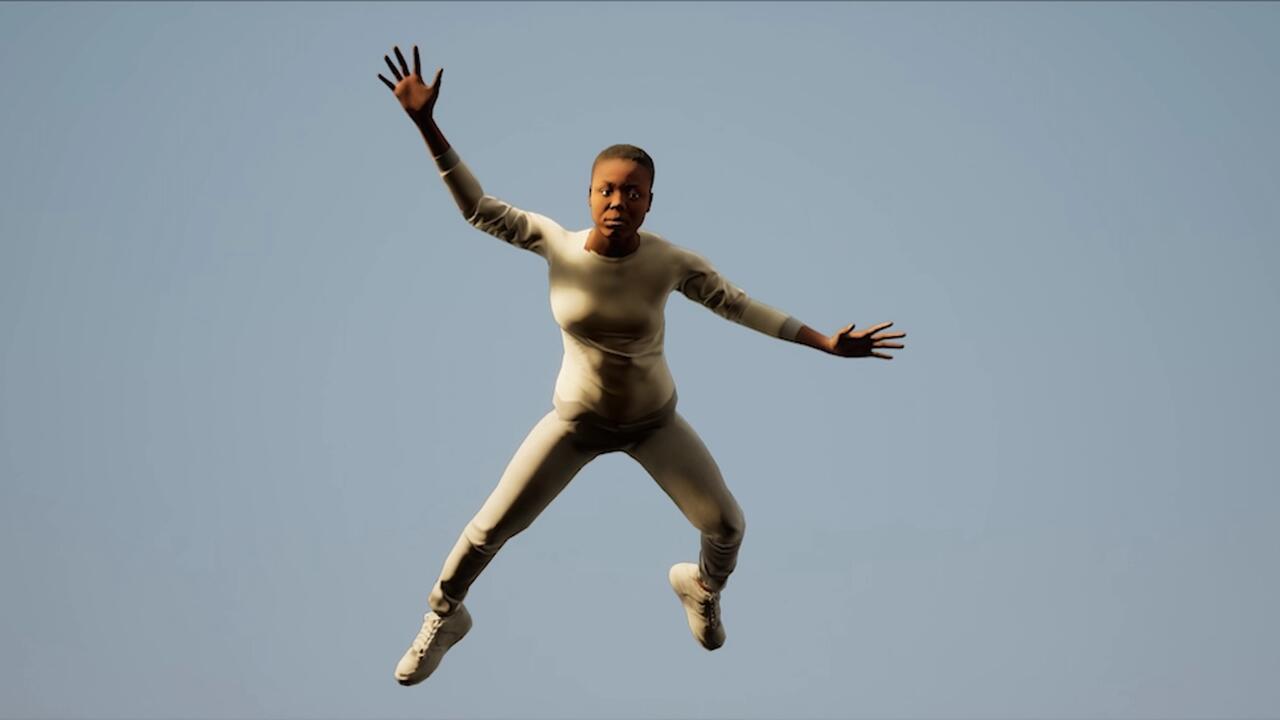Michael Schmidt
Taxispalais
Taxispalais
[Missing Image]
Michael Schmidt is one of Germany’s most important social-documentary photographers. Although he works in series – including Berlin Kreuzberg (1984), Waffenruhe (Ceasefire, 1988), EIN-HEIT (UNI-TY, 1991) and Frauen (Women, 2000) – each photograph stands as an autonomous work in its own right. When the photographs are seen together in a book or an exhibition, connections between two pictures give rise to a third – as Schmidt explained in an interview with Dietmar Elger in his book Irgendwo (Somewhere, 2006). With its impressive hanging, this exhibition Lebensmittel (Food) – previously shown at the Morsbroich Museum in Leverkusen and due to travel to Berlin’s Martin-Gropius-Bau next year – was no exception.
In his Lebensmittel series (2006–10), Schmidt confronts photography with its painterly qualities in 177 photographs. His image of a green apple Ohne Titel, #17.066 (Untitled) was hung alone on the end wall of one room, where the image developed a poetic intensity at odds with what one might expect from a socio-critical exhibition. The apple fills almost the entire frame, lying on a white surface which can be identified as a polystyrene tray only with a second glance. The work’s all-too-perfect patterning makes it look like a naturalistic painting and manifests an immaculate production process. While using the documentary form of investigative journalism, Schmidt succeeds in capturing the social reality, hybridity and poverty of the food industry in a way that is neither accusatory nor dismissive. The photograph of the apple was asymmetrically offset by two greyscale photographs: Ohne Titel, #17.119, on the wall to the right, features a plastic lunch bag in a harvested field and Ohne Titel, #17.113, to the left, shows a field worker bent over and bundling green onions. These motifs have nothing specific in common beyond the titular food. Yet the tension between the three photographs – heightened by the large and otherwise empty walls – recalled the contingency of aesthetic and social narrative Roland Barthes describes in La Chambre claire (1980; Camera Lucida, 1981): ‘Since every photograph is contingent (and thereby outside of meaning), photography cannot signify (aim at generality) except by assuming a mask.’

In his text, Barthes uses the concept of the mask to refer to the process that ‘makes a face into the product of a society and of its history’. This transformation of a contingent image into a meaningful picture is the focus of Schmidt’s work: in his photographs, the ‘masks’ are cropping, colour schemes, graphic compositions, degrees of abstraction – aesthetic means that Schmidt plays off against one another. He is not concerned with finding a clear, self-sufficient aesthetic form. He opts neither for pure confrontation with the monstrosity of reality, nor for escapist visions based on abstraction. Instead, in his work, the aestheticized landscape becomes a mere region, a building is just architecture, a still life is simply an arrangement of objects. Schmidt stuck to this principle of polyvalence in this show. While he hung the photographs of cucumbers, egg cups, ox tongues and green beans in series, a sense of autonomy was conferred on the individual pictures by the exact gaps between them – a gesture that ended up questioning the very concept of the series as a repetition of the same.
Translated by Nicholas Grindell















